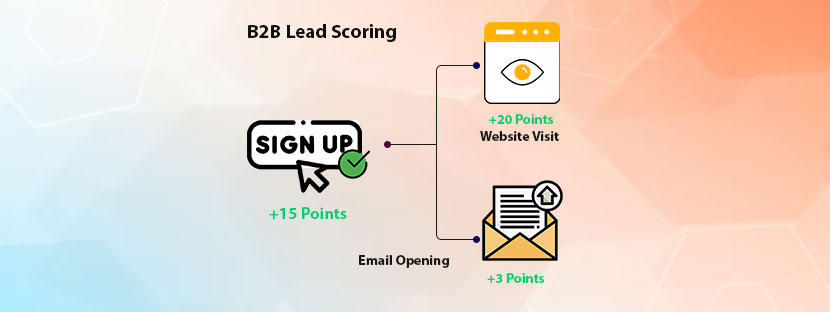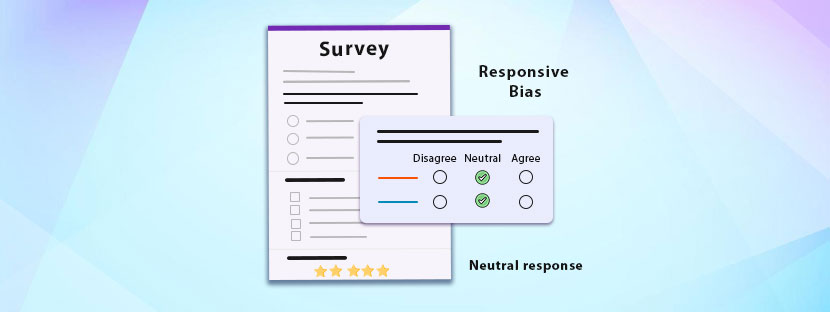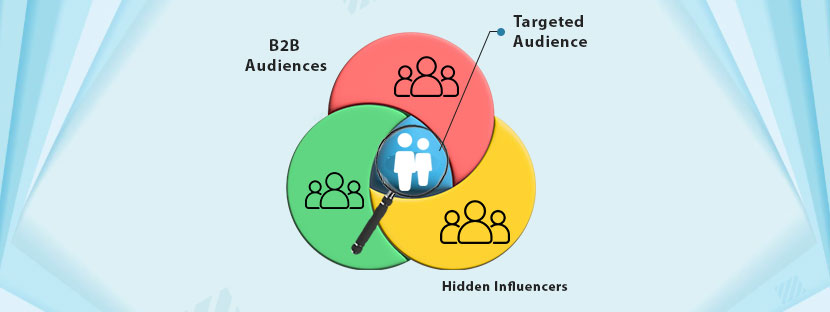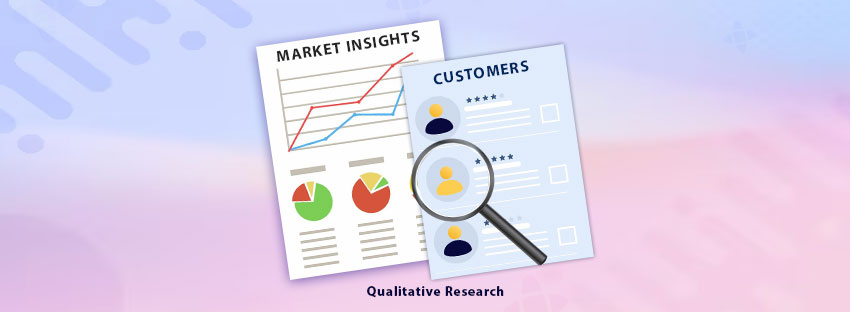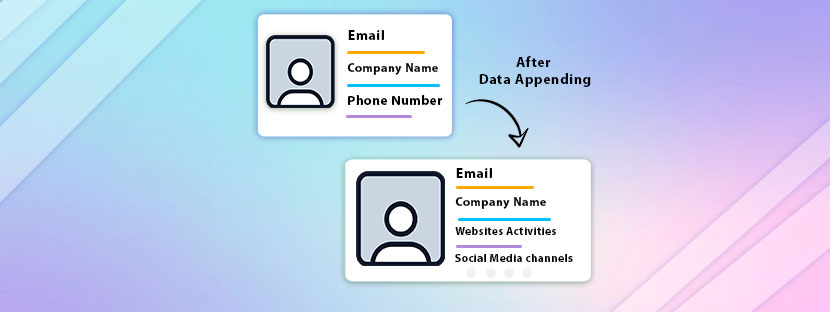In This Article
How do your sales reps know which leads will turn into paying customers?
It’s the lead scoring.
Lead scoring helps to distinguish high-value leads from low-value leads and makes your sales team aware of that. It saves your business time from wasting on low-value leads while focusing on high-value leads.
Let’s understand how you can check and prepare lead scores in this comprehensive blog. Shall we begin?
B2B lead scoring meaning
Lead scores reveal the potential monetary value of a lead. The scores are being determined on predefined criteria, and the likelihood of the lead making a purchase. Lead scores tell whether the lead needs further nurturing or should be sent into the BOFL.
Before you do anything with the leads, you have to determine the score. Depending on the scores, you can take action and grab the opportunity that your business has always wanted.
Let’s dive more into lead scoring!
But before that, you have to understand the characteristics of internal and external leads in detail. Therefore, you can calculate the lead scores well with accurate measures.
Data to Evaluate Internal Lead Characteristics
Leads’ behavior and interest depend on various matters. And driving their interests, you need to understand how your customers are behaving when they visit your platform. Once you track their behavior, it could be easy for you to provide them with what they want. Recent data shared by McKinsey revealed that companies that have understood their customers’ behavior enjoyed more than 85% growth in their sales.
Let’s check what their processes include;
✽ Website behavior: Check every metric related to the website, including page visits, content downloads, requests for calls, webinar registrations, website interactions, and other matters that are traceable.
✽ Email engagement: Every datapoint of the email campaigns must be tracked with due measures. It includes checking the email open rate, clicks on emails, and the most importantly, the responses that emails are getting. The results from emails will show how many of your prospects are genuinely interested in your products.
✽ Purchase intent: Consider the number of visitors who constantly check your price pages. These people are most likely to make a purchase, but they are looking for other options too. Understand what reason that is stopping them from making the purchase. Fill that gap and bridge it to make more sales.
✽ Social media behavior: Monitor when leads check out your social media profiles. Use the metrics to reach those who checked your posts, commented on your posts in order to enhance engagement.
Data to Evaluate External Lead Characteristics
When it comes to B2B leads, determining the lead score places majorly stress on external matters. Collecting data for about business is just the tip of the huge lead scoring tasks. Here are the factors that externally influence lead scoring B2B data.
☑ Company Size: A big-sized company means big funds. The company would have enough resources to make a purchase. Hence, the lead score for big companies will always remain on the higher side. On the other side, small companies or start-ups struggle for investment. So, the lead score for them is much lower than other companies.
☑ Industry: Some industries like SaaS, ed-tech, etc, are investing more in new developments. Hence, if you sell IT products, then the lead score will be high for the companies that belong to these industries.
☑ Location: Because of the tax benefits and other government and legal benefits, companies from some specific locations have the lighter lead scores.
☑ Job position: If the VP of a company is approaching a product, then the lead score will be high, as the chances of purchase are significantly higher here. Similarly, if a salesperson makes a query for the same product, then the lead score will be lower in this case.
☑ Technical Advancement: Companies that need specific tools for their operations always look for them. If you sell those specific tools, then the leads of these companies are high-scoring leads for you.
How to Develop Lead Scores
The following specific measures can help you develop a lead score. Firstly, it’s a data-driven process, then you can approach a data processing expert to do it for you. Otherwise, follow the steps to do it.

Find the ICP
Ideal Customer Type (ICT) is the factor that can help you prioritize your leads. It’s the first step beginning your lead evaluation process. The following are things you can ask when developing your ICP.
Assess Hostorical Data
The lead scoring process is complex, but when you assess historical data, it will be a piece of cake for you. You can identify patterns and trends in the way your prospects have purchased before. Using those metrics, you can strategize your sales procedure and take advantage of it. You can take data from CRM if you’re retargeting the same audience.
Set Scoring Criteria
When it comes to setting lead scoring criteria, you have to be a little flexible. Setting too many expectations can lead to a fire. Hence, among the two factors (internal and external), you have to choose one or inter-mix them. For example, you can track website visitors and the leads that are generated from a particular industry. This can simplify your lead screening criteria and provide clarity on your operations.
Breakdown Your Scoring System
Simplify your lead scoring pattern. For that, you can use any application or software to set a score. You can set a score like;
Breaking down your lead criteria helps filter your leads. Once you filter your leads, it will be easy for your sales reps to handle the leads accordingly.
Enjoy the best of data experiments.
Lead scoring is a critical procedure, and often organizations trust third-party vendors for it. Nothing but it costs them much. There’s another way in which this cost can be reduced. Outsourcing to direct data processing companies for lead generation is beneficial. It will reduce costs and provide the exact benefits that companies need for B2B sales.

